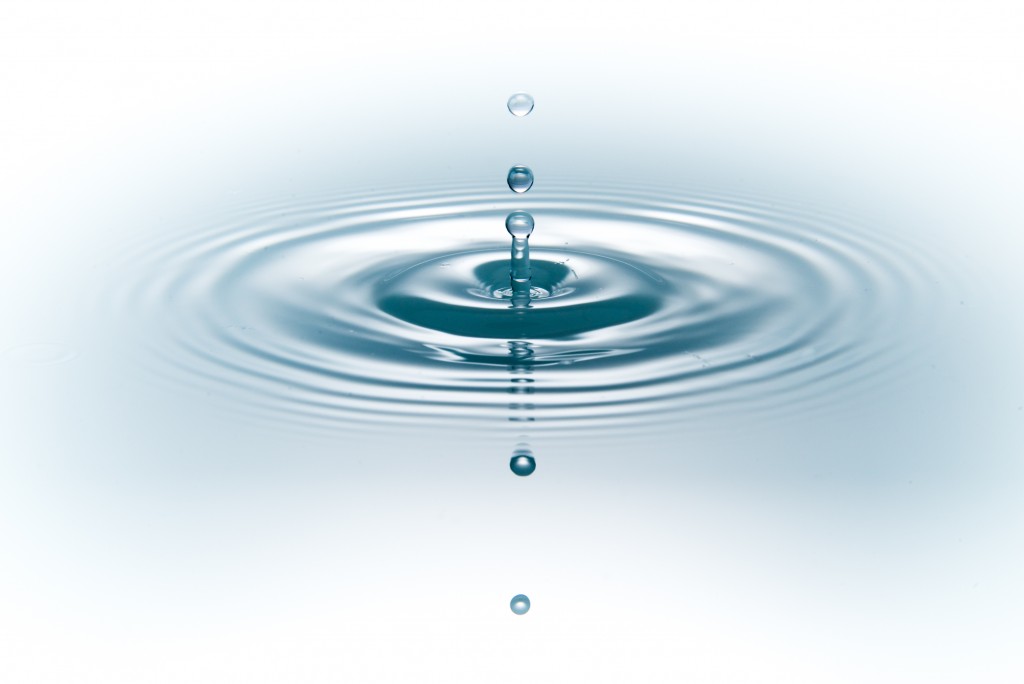Everybody knows that water is life. Early civilizations and cities were built close to riverbanks. Animals in wildlife congregate near bodies of water to drink and nourish themselves. People need water to survive.
However, it must be noted that water share domains with other organic and non-organic materials, such as animal waste, byproducts of soil mechanics, and human-made pollutants. All these things render water unfit for human consumption, whether for drinking or cleaning.
Thankfully, people have found ways to innovate water processing. It must be noted that the procedures can vary per country or community. Nevertheless, the goal remains the same: to provide safe and usable drinking water. Here are some processes that a lot of organizations use:
Screening the water
Water from sources such as dams and large tanks might contain debris and large objects, ranging from logs to leaves and sticks. These objects must be removed as soon as possible, as they will surely clog the treatment plan. At this phase, many dams and reservoirs have set up large screens and nets so that the debris will be filtered out. Before the water enters the funnels, tunnels, and gigantic tubes, the water must be already free of large debris.
Disinfection
Once the water is free of large debris and objects, the treatment center will focus on killing small organisms or pathogens that might harm humans. This is done through disinfection, a phase where chlorine is used. The disinfection process is usually repeated to make sure that no organism will pass through the next stage.
Flocculation/Coagulation
Some treatment facilities proceed with the incorporation of aluminum sulfate or polymer to raw water. This process results in the coagulation or formation of dirt particles in the water. Some facilities use special salts, such as Fe and Al salts. When these groups of dirt particles are formed, they will then get heavier and eventually settle. The flocs, or the coagulated particles, will then be filtered out.
Filtration and Disinfection
Other suspended and insoluble particles, such as dirt and sand, might have escaped the previous screening procedures. This will also be removed through sedimentation. Another layer can be applied to purify the water further. Some facilities use gravity filters, in which water containing solid materials will pass through a porous screen or medium (typically, gravel and sand layers). Then some materials will get stuck in the porous filters. Once filtered, water will be disinfected before distributed.
Some conduct other tests using systems, such as co2 pH control systems, to determine its acidity or alkalinity.
Let it flow
Water is life. And before it reaches different households, it has been thoroughly cleaned and processed. It’s also worth noting that more and more technologies are being developed to make the procedure much more efficient and effective. Some of these processes can also be designed to avoid wastage and optimize production.
After the water has flowed to your household, you know that the baton has been passed to you. it’s up to you how you will conserve it.

